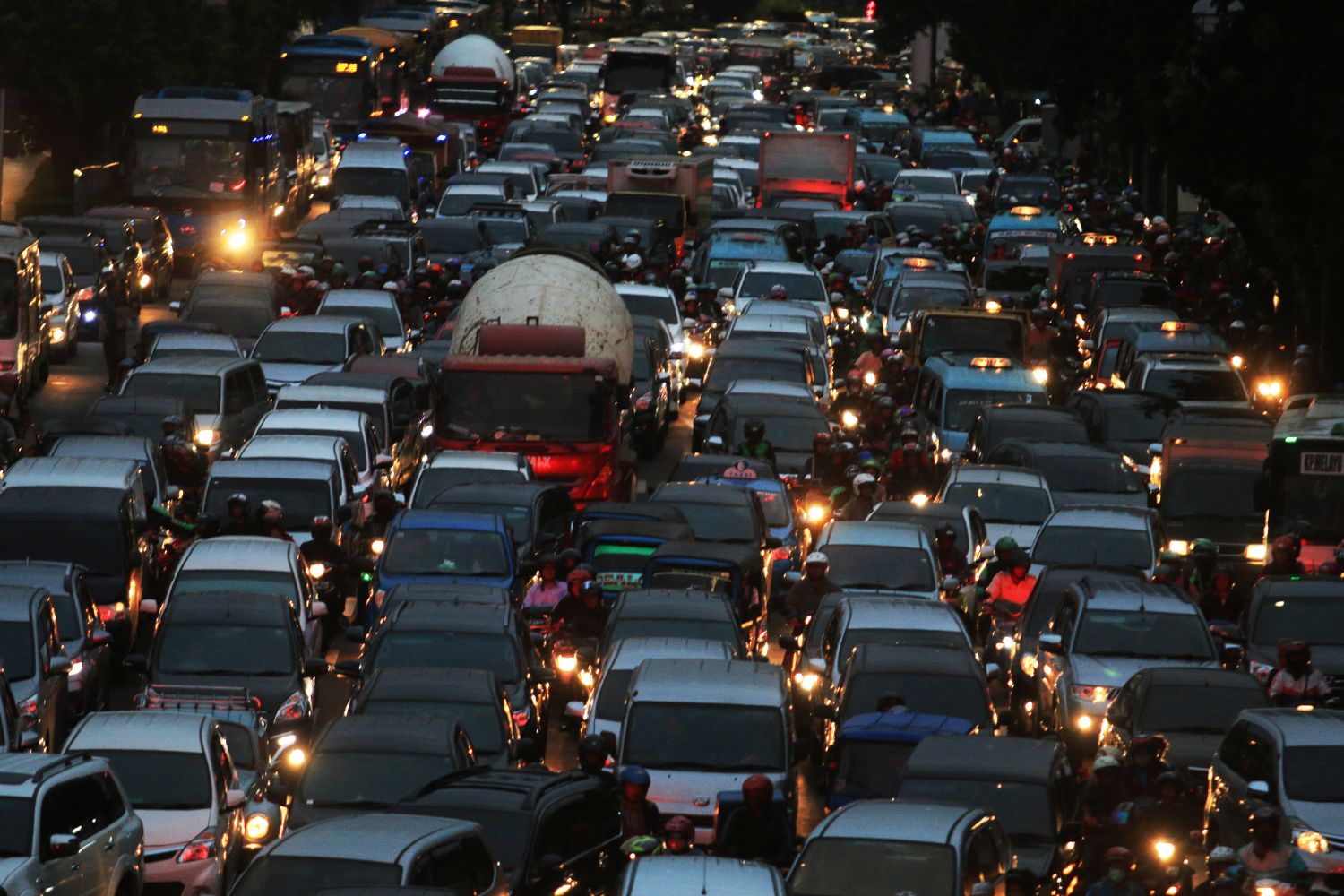An IQAir survey has found that only a handful of countries in the world meet WHO guidelines for PM2.5 air pollution. Most of the planet is exposed to levels of smog that are dangerous to health and the environment.

@Canva
A new report from IQAir, a Swiss air quality technology company, reveals that there are only seven nations in the world that are compliant with the World Health Organization’s (WHO) air quality guidelines. Meanwhile, there are millions of urban dwellers suffocating from smog. The dire scenario illustrates the world in which the vast majority of the world’s population is forced to breathe polluted air, with catastrophic health and environmental consequences.
The pollution map
IQAir’s report, which was based on data from 2024, showed a stark difference between countries that have clean air and those for which air pollution has reached disastrous levels. Australia, New Zealand, Estonia, Iceland, and some small Pacific islands are the only oases of clean air, with an annual average of PM2.5 (fine particulate matter) below 3 µg/m³. On the other hand, countries like Chad, Bangladesh, Pakistan, the Democratic Republic of the Congo, and India have PM2.5 concentrations between 10 and 18 times higher than the WHO’s recommended levels.
PM2.5: the unseen killer
PM2.5 particles, which are fine enough to penetrate the bloodstream and damage key organs, are among the largest causes of premature death worldwide. The WHO estimates that millions of lives would be saved annually if all countries complied with air quality standards. The reality, however, is much different: air pollution is the second highest mortality risk factor, only second to hypertension, a silent threat undermining our health day by day.
Despite the grim picture, there were also some encouraging trends IQAir’s report found. In India, a nation with some of the world’s worst air pollution, PM2.5 levels decreased by 7% compared to 2023. China has also made significant advancements, thanks to stricter environmental policies and gambles on renewable energy. Nevertheless, the journey ahead remains long and tough.
The end of an era: the void in US data
The Donald Trump administration’s recent decision to end the global air quality monitoring program is a huge step backward in the fight against pollution. The deactivation of the program due to budget concerns will deprive the majority of countries, particularly in Asia and Africa, of important data to monitor and prevent air pollution. This gap threatens to undermine global efforts for cleaner air.
Environmental disparities
Even among Europe, a continent known for its stringent environmental standards, the contrasts are jarring. The most polluted air on the continent is found in Eastern and Balkan countries, which are not members of the European Union, with as much as 20 times greater PM2.5 concentrations than in the cleanest cities. Such an unequal disparity demands more inclusive and supportive environmental policies.
Climate change and pollution
Climate change is also fueling the air pollution problem. Rising temperatures are resulting in more frequent and intense wildfires, which release tremendous amounts of PM2.5 into the air. This deadly cycle threatens to make the air in most parts of the world unbreathable.
